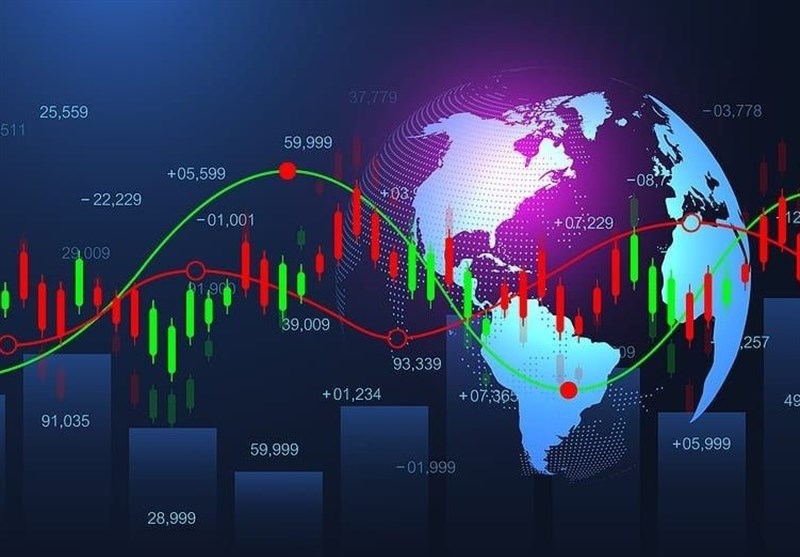Stock Price Volatility Limit and Temporary Stock Suspension
Stock price volatility limit is the maximum or minimum change in the stock price allowed in a day in such a way that it is impossible to trade outside the range and daily trading limit determined on each day. Stock price volatility limit is also called fluctuation limit. As mentioned, stock price volatility limit prevents stock prices from increasing or decreasing outside the specified range in a day. Logically, the daily stock price volatility limit has two features that control stock price fluctuations. These two features are: 1- Creating a legal restriction (obstacle) in stock price changes 2- Creating a time opportunity for rational re-evaluation of stocks The effect of these features is quite evident when the market is in turmoil. In conditions of market turmoil, investors are usually influenced by the psychological atmosphere of the market and make hasty and irrational decisions. Making these hasty decisions is more common among individual investors and the probability of losses for these investors in conditions of market turmoil is very high.
According to some researchers, one of the effects of the price limit is the spread of fluctuations. Fama conducted research on the spread of fluctuations after the application of the stock price limit. The results of his research show that if there is an intervention in the process of reaching the real price (price discovery), then the amount of fluctuations increases.
Therefore, although the price limit limits the price fluctuation in one day, it causes the fluctuation to spread over time and the fluctuation to spread to the following days. It is also argued that since the price limit prevents the stock from fluctuating to reach the real price in one day, it causes an upward or downward trend to approach the real price, and this can lead to an increase in stock price volatility in the long run. Many researchers consider the chaotic behavior to be effective in increasing the volatility that led to the 1987 crisis and for this reason they recommend the use of stock price limit in financial markets. These researchers claim that the stock price volatility limit prevented excessive price falls in the 1987 crisis, calmed agitated traders, and was effective in reducing the crisis. It is worth noting that in addition to the US stock exchanges in Australia, Canada, Germany, Hong Kong, and the United Kingdom, the trading symbol was also suspended and the countries of Austria, Belgium, France, Greece, Italy, the Netherlands, Spain, Switzerland, and Turkey in Europe and China, Japan, Korea, Malaysia, Taiwan, and Thailand in Asia have chosen to limit price volatility. Each of these exchanges announces its own logical justification for using control tools. For example, the Tokyo Stock Exchange states the main reason for imposing its price volatility limit as follows: Price volatility limits prevent sudden fluctuations in stock prices on a daily basis and provide a time lag.

